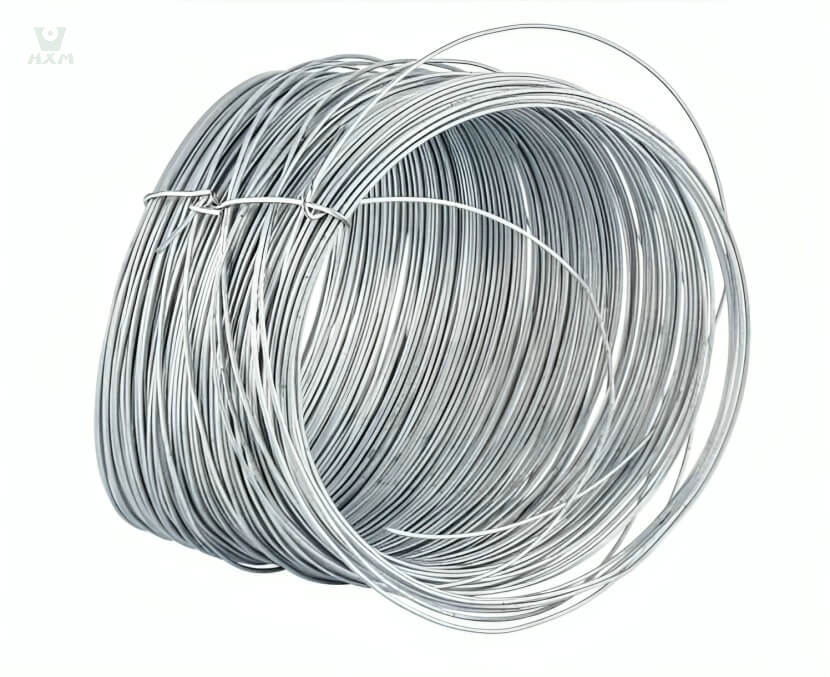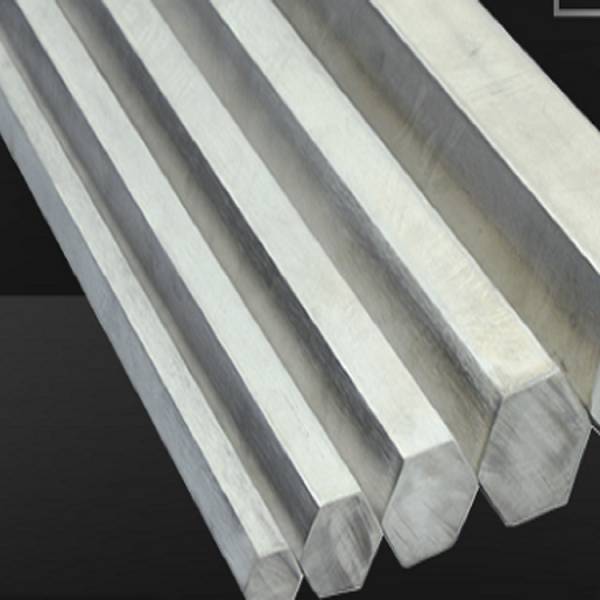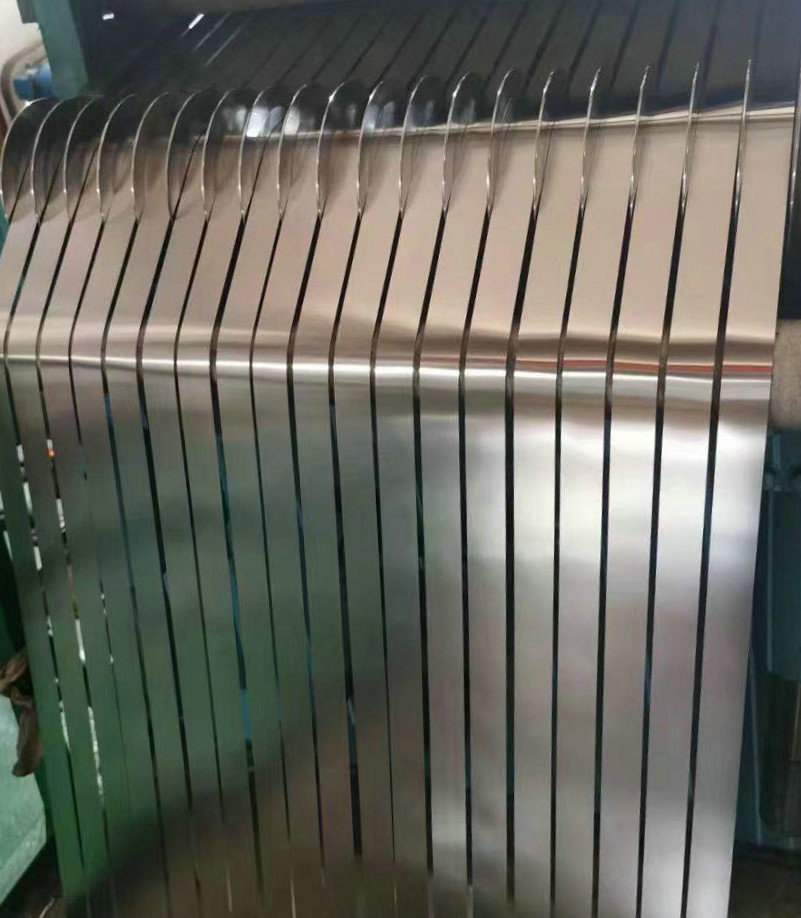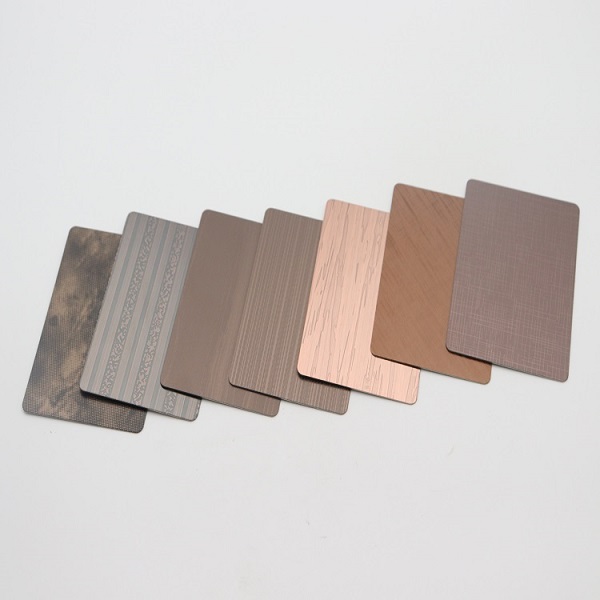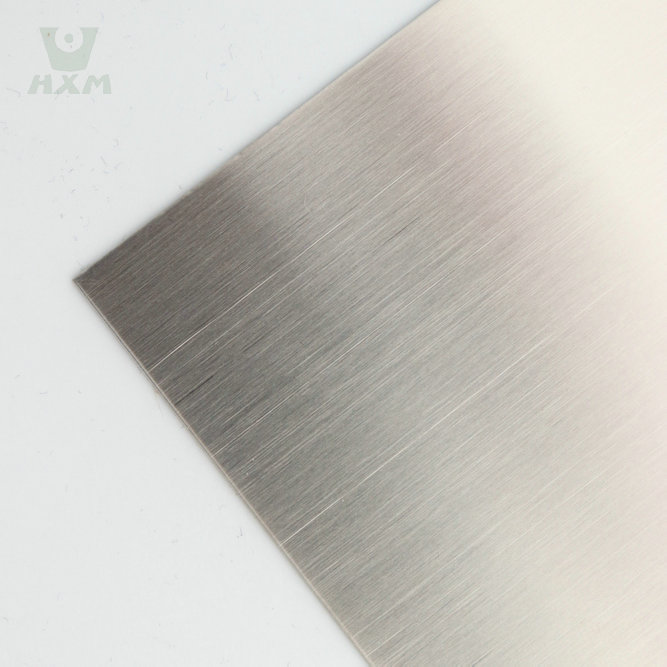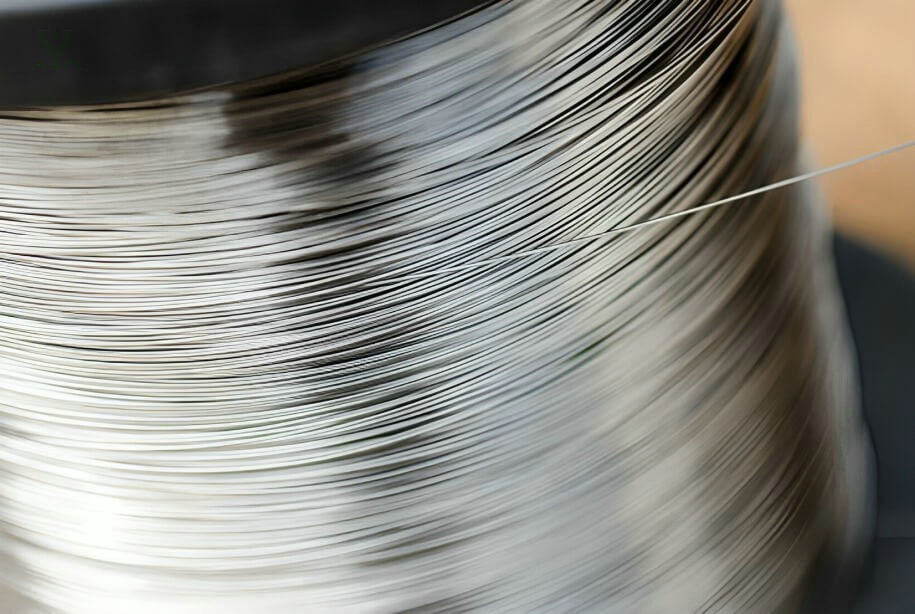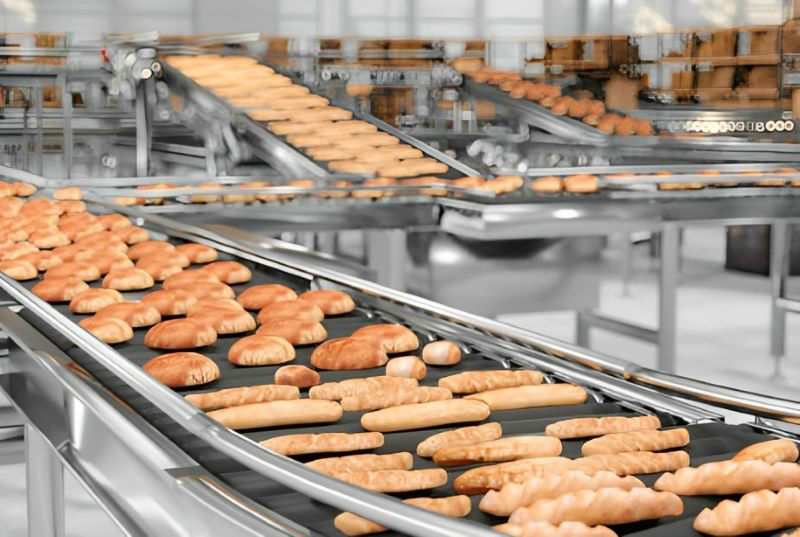
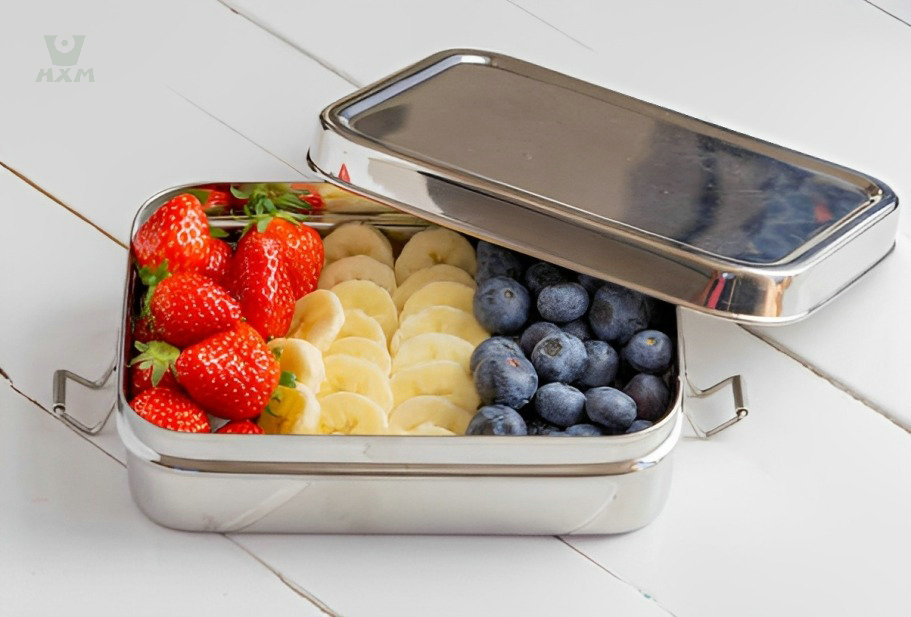
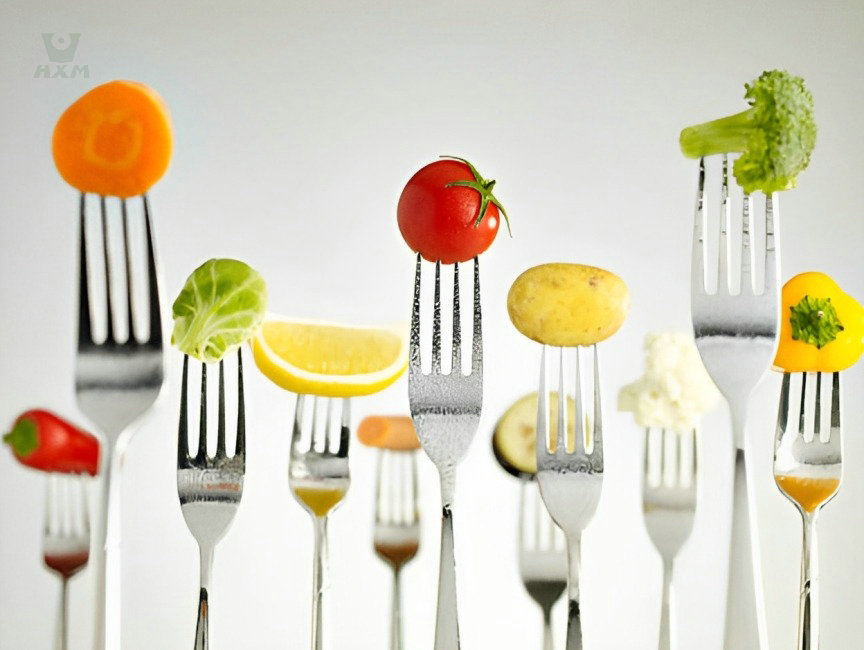
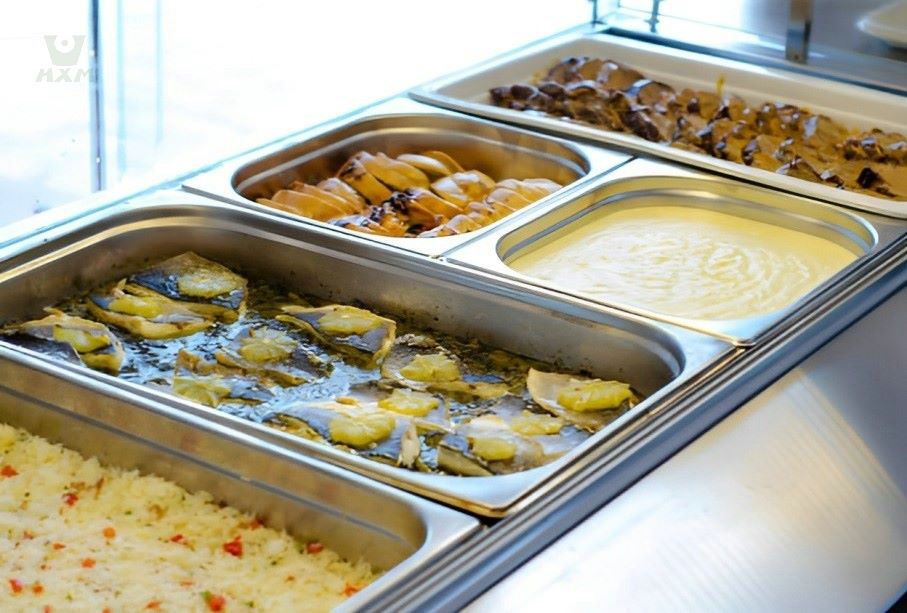
Does 304 Stainless Steel Meets Food Standards?
What you need to know about 304 stainless steel food safety standards
Diet, as the cornerstone of human survival and development, undoubtedly places the safety and quality of food at the forefront of public concern. In daily life, the most frequently encountered items in contact with food are various cooking utensils—such as steamers, kettles, thermos bottles, bowls, chopsticks, and plates—most of which are made of stainless steel. Among the numerous stainless steel materials, food-grade 304 stainless steel stands out due to its outstanding corrosion resistance, non-toxic and harmless characteristics, and excellent processing performance, gradually becoming the “gold standard” for consumers when choosing cooking utensils. However, does all 304 stainless steel meet food-grade?
introduction of 304 stainless steel
304 stainless steel is actually an international stainless steel standard. In Japan, it follows the Japanese material standard and is known as SUS304. In the United States, this stainless steel grade is specified by ASTM International, which clearly states that 304 stainless steel should contain at least 8% nickel and 18% chromium. In China, this type of stainless steel is named directly using numbers and elements, such as 06Cr19Ni10, indicating its chromium content of 19%, nickel content of 10%, and 06 representing its carbon content.
Additionally, it’s important to differentiate between the grades of 304 stainless steel, as the specific material composition and physical properties may vary depending on the grade/origin/standard.
- X5CrNi18-10—International Standard (Stainless Steel Grade Equivalents Chart)
- 304/S30400—American Standard (ASTM Standard ASTM A312 Stainless Steel Pipe, Chinese Version)
- SUS304—Japanese Standard (JIS G3459 Stainless Steel Pipe)
- 06Cr19Ni10—Chinese Standard (GB/T 20878-2007 Stainless Steel and Heat-Resisting Steel Grade and Chemical Composition)
food-grade 304 stainless steel?
First and foremost, it’s important to distinguish: 304 stainless steel ≠ food-grade stainless steel!
In the world of stainless steel, 304 is a well-known grade that represents a standard for corrosion resistance. As a more stringent concept, food-grade stainless steel not only requires excellent corrosion resistance but also has extremely strict standards for the precipitation of five heavy metals: lead, chromium, nickel, cadmium, and arsenic. In China, stainless steel materials that can come into contact with food without posing health risks must comply with the latest national standard GB 4806.9-2016 certification.
In the past, people often mistakenly believed that 304 stainless steel was food-grade stainless steel. To meet increasingly strict food safety requirements, the national standard GB 9684-2011 “National Food Safety Standard Stainless Steel Products” has canceled the requirement for specific grades and instead focuses on limiting the precipitation of heavy metals. This means that today, the safety of stainless steel tableware for food contact in the market no longer relies on specific grades but rather on whether it meets strict food-grade standards.
In summary, 304 stainless steel is a basic standard for corrosion resistance, while food-grade stainless steel is a higher-level safety standard. Choosing genuine food-grade stainless steel is essential to ensure the safety of you and your family’s diet.
| Heavy Metal Element | Migration Limit (mg/kg) | Inspection Method |
|---|---|---|
| Lead (Pb) | 0.05 | GB 31604.38-2016 Part 2, or GB 31604-2016 Part 2 |
| Cadmium (Cd) | 0.02 | GB31604.24, or GB 31604.49-2016 Part 2 |
| Chromium (Cr) | 2.0 | GB31604.34-2016 Part 2, or GB 31604.49-2016 Part 2 |
| Nickel (Ni) | 0.5 | GB31604.25, or GB 31604.49-2016 Part 2 |
| Arsenic (As) | 0.04 | GB31604.33, or GB 31604.49-2016 Part 2 |
Note: Martensitic stainless steel materials and products do not undergo chromium testing.
How to choose food-grade stainless steel?
In the selection of stainless steel cookware materials, 316 stainless steel is superior to 304 stainless steel in terms of corrosion resistance and heat resistance. However, due to its higher cost, its application in household use is relatively limited. In contrast, 304 stainless steel, with its moderate price and excellent corrosion resistance, becomes the preferred material for household cookware, widely used in fields such as pots, sinks, cabinets, home appliances, and faucets.
However, there are some unscrupulous merchants in the market who may use 201 or 202 stainless steel to impersonate 304 stainless steel. Although some processed qualified 201 stainless steel may also meet food-grade standards, its tendency to rust makes it unsuitable as tableware material. Therefore, consumers should pay attention to the material labeling of products when choosing stainless steel cookware.
Regarding the prices of stainless steel, generally speaking, the higher the grade of steel, the higher the price, and the greater the processing difficulty. For example, the price of 201 stainless steel is about 10,000 yuan per ton, while the prices of 304 stainless steel and 316 stainless steel are 17,000 yuan per ton and 22,000 yuan per ton, respectively. This also reflects the differences in performance and application fields of different steel materials.
conclusion
It is worth noting that food-grade stainless steel is not equivalent to 304 stainless steel. Therefore, when choosing cookware, consumers should pay attention to whether the product’s heavy metal leaching indicators meet national standards, rather than just whether the material is 304 stainless steel. At the same time, it is hoped that more stainless steel materials with excellent performance and moderate cost will be developed in the future to meet the continuously upgrading consumer demands.
With over 15 years of experience in exporting stainless steel products, Huaxiao Metal has become a leader in the industry. Our products not only cover multiple countries and regions including Southeast Asia, Australia, South America, and Europe, but also have earned unanimous praise from global customers.
When you choose Huaxiao Metal, you are choosing high-quality, high-performance 304 stainless steel products. These products undergo strict production processes and quality control to ensure that each one meets or exceeds industry standards. We also provide Material Test Certificates (MTC) for your verification, giving you peace of mind with your purchase.
Our professional team is always here to provide you with comprehensive service and support. Whatever questions or needs you have, we will respond promptly and provide the most suitable solutions. Our goal is to ensure that every customer receives satisfactory products and services.
Now is the time to elevate the quality of your business! If you have any procurement needs for stainless steel products, don’t hesitate, contact us now!


